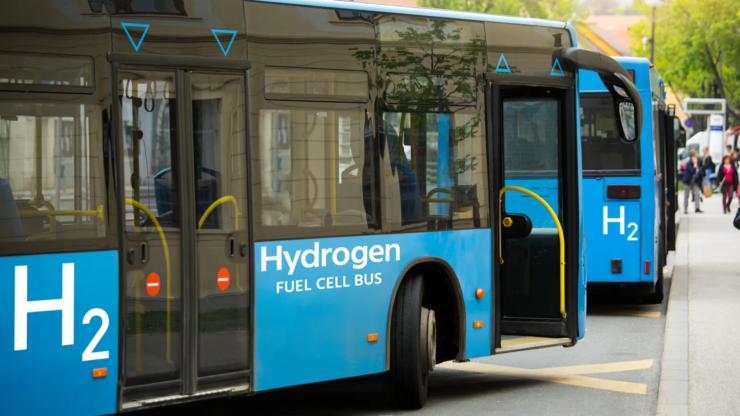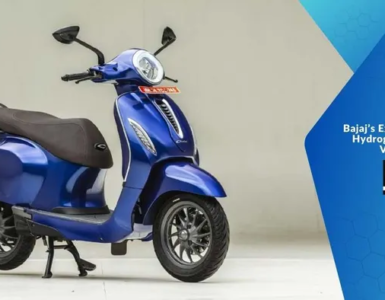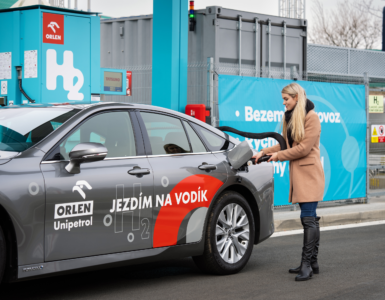Fuel cell electric buses up 75% in transit fleets last year.
Battery-electric bus fleets also grew last year, but at a slower rate than in 2022, according to Calstart’s annual report on zero-emission buses.
Dive Brief:
- More than 6,100 new full-size zero-emission transit buses were on the road, delivered, on order or funded in the U.S. in 2023, a 12% increase over the previous year, according to a Feb. 28 report from Calstart, a national clean transportation advocacy group.
- The adoption rate of battery-electric buses slowed compared with 2022, Calstart said, while the number of fuel cell electric buses grew more than 75% as interest in that technology increased.
- The number of small zero-emission buses — those shorter than 30 feet — in public transit and private fleets and at airports and universities also increased 15% year over year.
Dive Insight:
In 2023, the Federal Transit Administration awarded nearly $1.7 billion in grants to spur the adoption of low- and zero-emission buses in 46 states and territories. But bus manufacturers struggled to keep up with orders amid inflation, wage increases, production problems and financial challenges.
California, New York, Florida and Texas are home to the largest fleets of zero-emission buses, according to Calstart, while just three states — North Dakota, South Dakota and West Virginia — lack any ZEBs.
🔥 What about we co-host a webinar? Let's educate, captivate, and convert the hydrogen economy!
Hydrogen Central is the global go-to online magazine for the hydrogen economy, we can help you host impactful webinars that become a global reference on your topic and are an evergreen source of leads. Click here to request more details
California, Delaware, Illinois and Nevada increased the number of fuel cell electric buses in their fleets. This technology uses hydrogen fuel cells to power electric motors and recharge the vehicle’s batteries, providing longer range and improved energy recovery. “It is anticipated that interest in FCEBs will continue to grow, particularly as transit fleets move away from pilot projects and toward full-scale replacement of their internal combustion engine fleets,” the Calstart report states.
Calstart recommends transit agencies use statewide procurement contracts wherever possible. “The usage of statewide contracts can quicken the process of purchasing ZEBs, which can get more of these vehicles in service faster,” the report states.
New York’s Metropolitan Transportation Authority leads the top five transit agencies in the number of full-size zero emission buses in its fleet, with 545 such vehicles as of September 2023. Other transit agencies in the top five include the Los Angeles Department of Transportation, the Los Angeles County Metropolitan Transportation Authority, Miami-Dade Transit and Santa Monica, California’s Big Blue Bus service.
The Canadian government supports the move to zero-emission transit buses in Canada through its Zero Emission Transit Fund program. Beginning in 2021, the program is investing 2.75 billion Canadian dollars over five years to support the purchase of 5,000 zero-emission buses, along with charging and supporting infrastructure and facility upgrades.
Mike Hynes, Calstart’s National Transit Bus Program manager, said:
The United States and Canada continue to see positive growth in the total number of ZEBs because of increased funding, supportive policies, and available incentive opportunities.
“The report’s findings prove that zero-emission transport continues to be a priority for transit agencies to reduce greenhouse gas emissions and protect public health.”
READ the latest news shaping the hydrogen market at Hydrogen Central
Fuel cell electric buses up 75% in transit fleets last year. source








